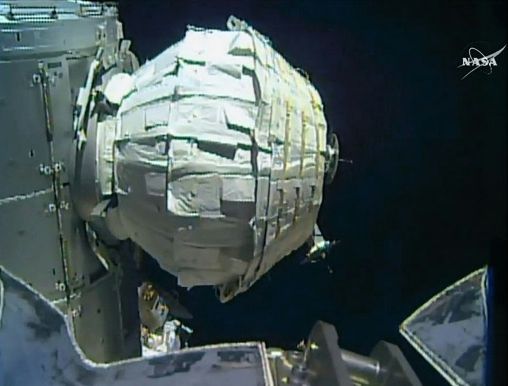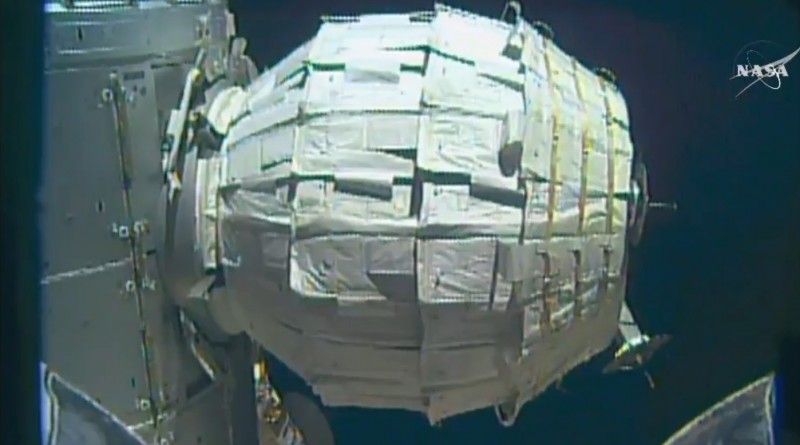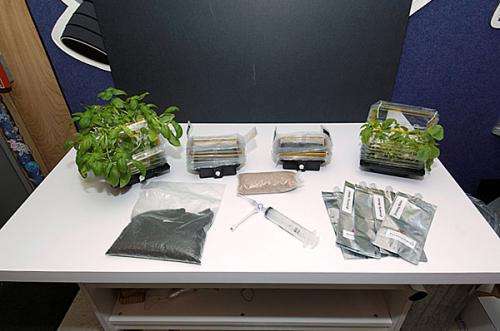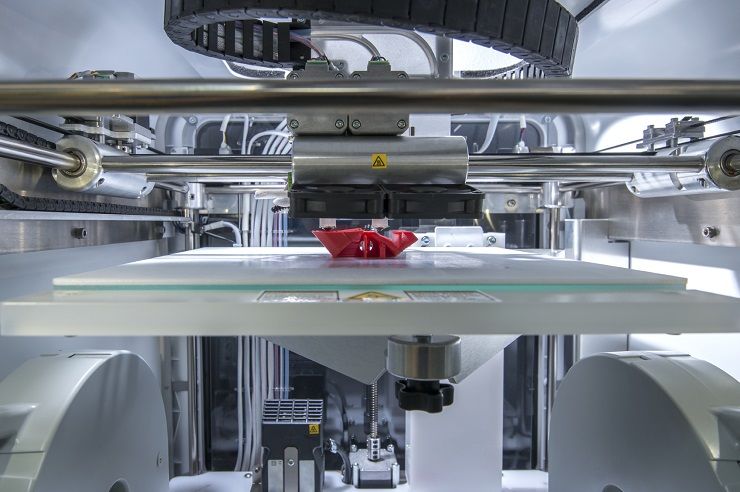May 29, 2016
NASA inflates spare room in space
Posted by Karen Hurst in categories: 3D printing, habitats, robotics/AI, space
With 3D printers (like the one in India) printing buildings while leveraging AI technology we could see the building of complexes in space v. needing an inflatable room.
NASA on Saturday successfully expanded and pressurized an add-on room at the International Space Station two days after aborting the first attempt when it ran into problems.
The flexible habitat, known as the Bigelow Expandable Activity Module (BEAM), completed slowly extending 67 inches (170 centimeters) at 4:10 pm (2010 GMT) following more than seven hours during which astronaut Jeff Williams released short blasts of air into the pod’s walls from the orbiting lab using a manual valve.
















